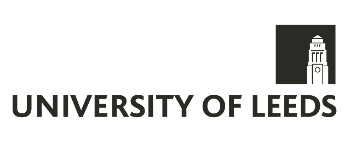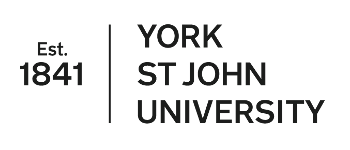James Ransom, YU Associate
In July 2020, Yorkshire Universities, the Yorkshire & Humber Academic Health Science Network and the NHS Confederation published Levelling Up Yorkshire and Humber: health as the new wealth post-COVID. The report set out the bold actions that are needed by local and national leadership to embed a renewed focus on health, tackle long-standing regional inequalities, and boost future investment in Yorkshire’s health and life sciences assets as we begin living with and beyond the COVID-19 pandemic.
However, and like an unpublished manuscript by a famous author found in a car boot sale, or a previously-lost live recording appearing in a dusty storage unit, there was also an annex to the report that, although never included in the final document, nevertheless heavily-informed the analysis and recommendations.
Although the report had a particular focus on the tricky but vital mechanics of cross-sector collaboration – bringing together universities, local government, the health and care sector, business and communities – we also developed 12 examples of how activity could be started, extended and embedded in practice.
These examples are rooted in efforts to improve health outcomes, but they illustrate how different activities can evolve and strengthen and they can be adapted to different sectors and varying local needs. However, the traditional wisdom of carefully nurturing partnerships over time needs also to be balanced by the types of rapid response and new partnerships forged in the response to COVID-19.
As activities progress, they start to involve a wider range of local partners, they focus more attention on the broader determinants of health (i.e. on prevention rather than simply on the cure), the approach becomes more proactive than reactive, and partners adopt a longer-term perspective.
For example, here’s activity number 10. The starting point:
Academics and other specialists are involved in tackling local health challenges.
Here’s how it can be extended:
Students and industry partners are also involved in designing and implementing responses. Work is done with rather than for or to communities. This work includes activity – such as citizen science – related to examining the social determinants of health, in particular things like improved housing.
And how it can be further embedded:
There is a programme of work on anticipating and proactively responding to long-term challenges to health and wellbeing in the region, and communicating challenges and opportunities with partners within and beyond the region. A stronger focus on ‘place’ is promoted as a determinant of national research and innovation funding and activity. Regional partners should collectively make the case to attract greater investment in R&D and innovation funding for health.
Whilst it may lack the mass appeal of an unearthed gem by your favourite artist, it hopefully offers a starting point for discussions on how universities can extend engagement in their local areas.












